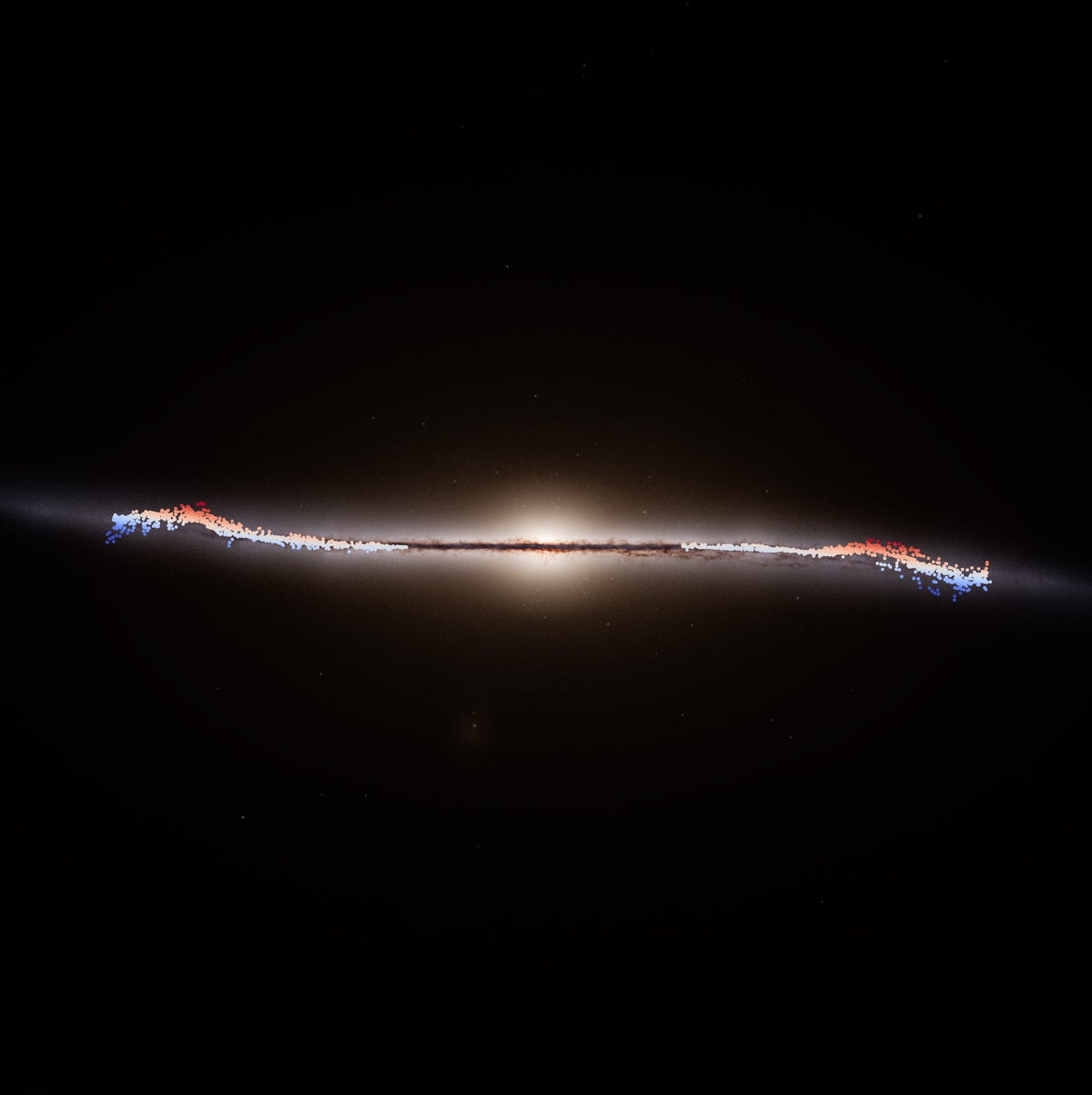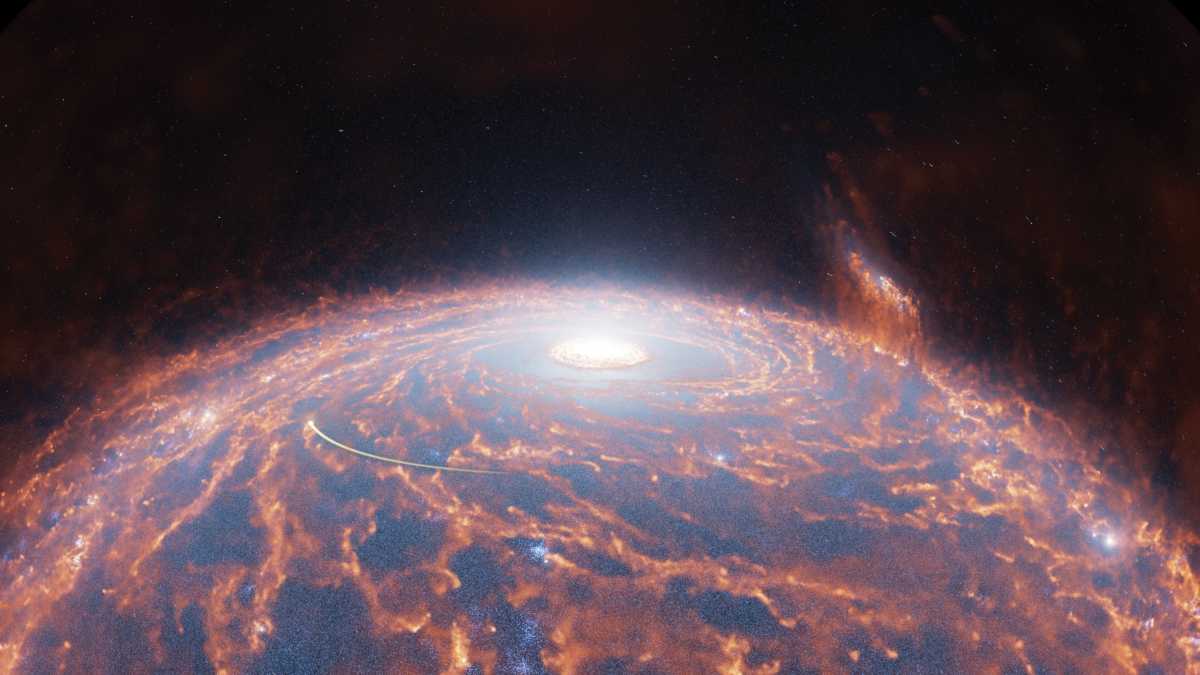#Milky Way
#Milky Way
[ follow ]
#milky-way #astronomy #astrophysics #astrophotography #andromeda #night-sky #celestial-events #andromeda-galaxy
fromDesign You Trust - Design Daily Since 2007
2 months agoBreathtaking Skyscapes and Aurorae from the 2025 Astronomy Photographer of the Year
The 2025 Astronomy Photographer of the Year celebrates the magic of the night sky with awe-inspiring images from the Aurorae and Skyscapes categories. Out of thousands of global submissions, photographs reveal the dedication and artistry of astrophotographers who capture fleeting cosmic beauty. These winning entries showcase stunning juxtapositions of earthly landscapes and celestial phenomena, from shimmering auroras to the glowing Milky Way.
Photography
fromFast Company
3 months agoDon't miss the rare black moon rising August 22-it will be years until the next one. Here's why it'll help you see the Milky Way
A black moon occurs when there is a second new moon in a calendar month, or when there is a third new moon in a season of four new moons.
Miscellaneous
fromTravel + Leisure
5 months agoJuly Has 9 Major Astronomical Events Including Meteor Showers and a Planet Parade-and the First Starts Tonight
On the evenings of July 3-4, Mercury will reach its eastern elongation, appearing above the western horizon soon after sunset, with orange-tinged Mars above it.
Science
Photography
fromwww.theguardian.com
6 months agoMilky Way photographer of the year 2025 in pictures
New Zealand's lupine bloom offers surreal night photography scenes under the Milky Way.
Easter Island's weather can change, revealing stunning night skies for photographers.
Atacama cactus valley presents unique opportunities for Milky Way photography.
Adaptability is key for photographers when planning for meteor showers.
[ Load more ]





